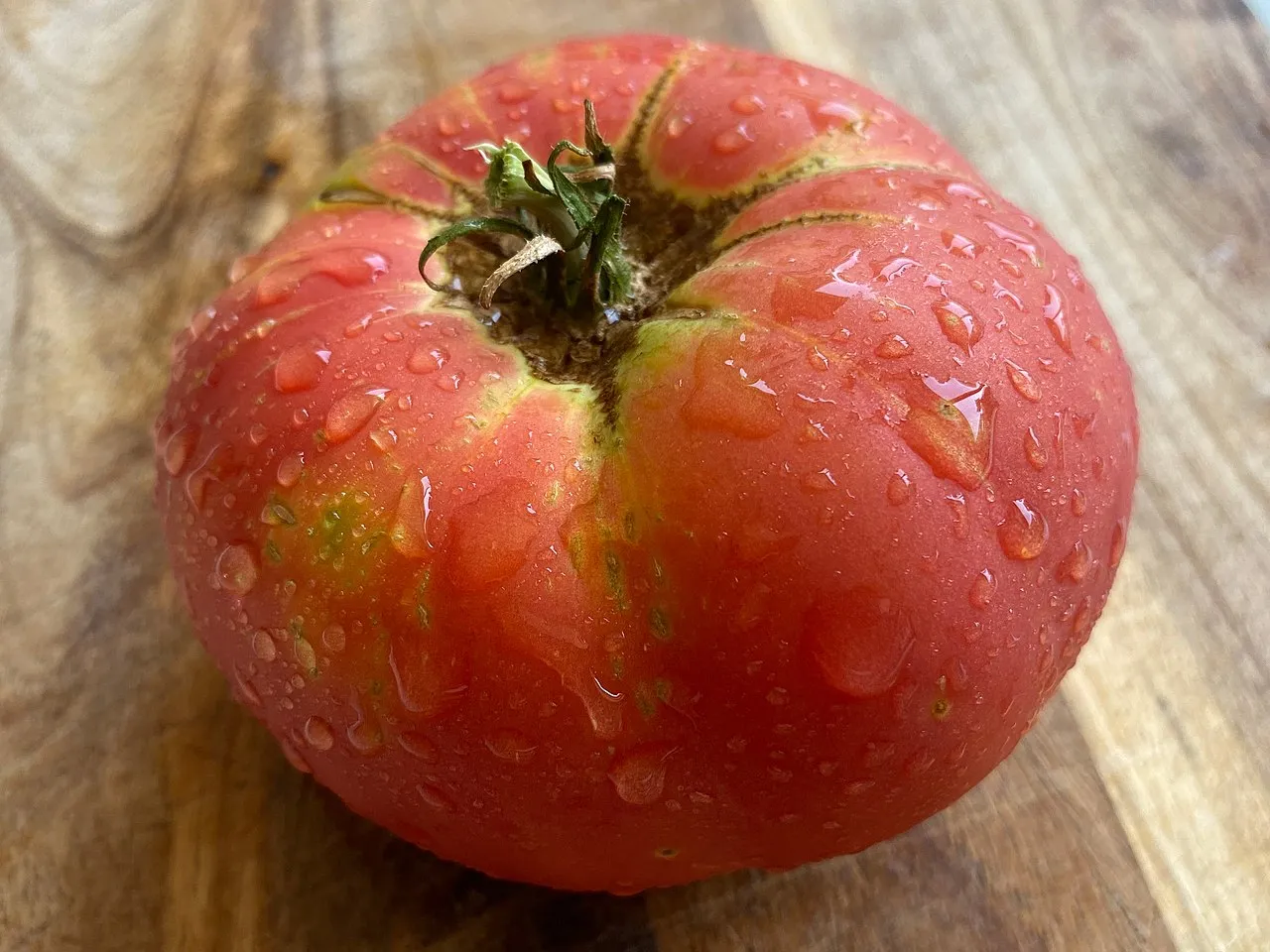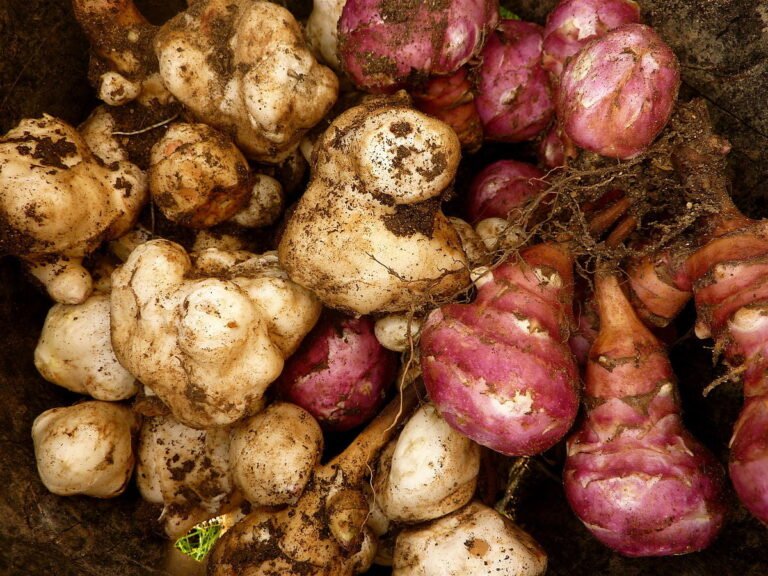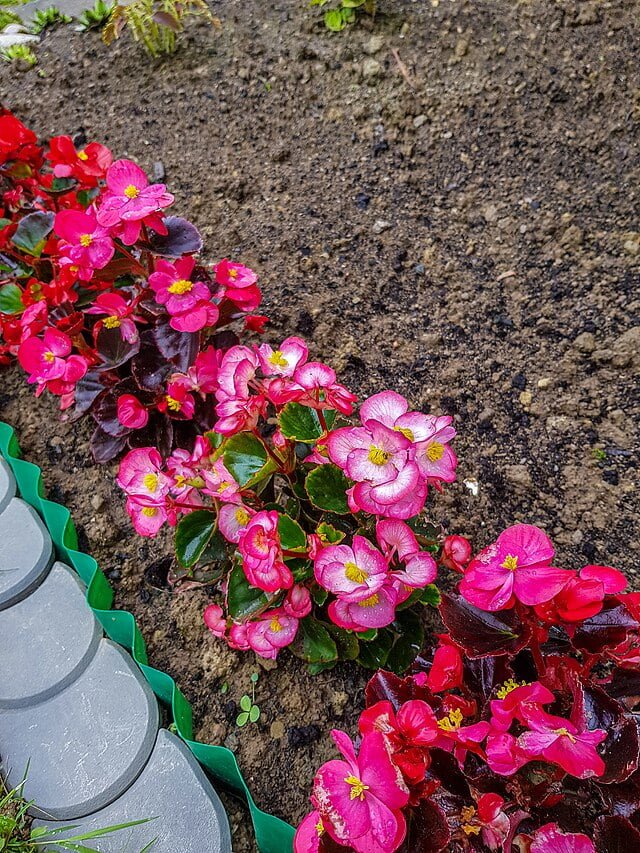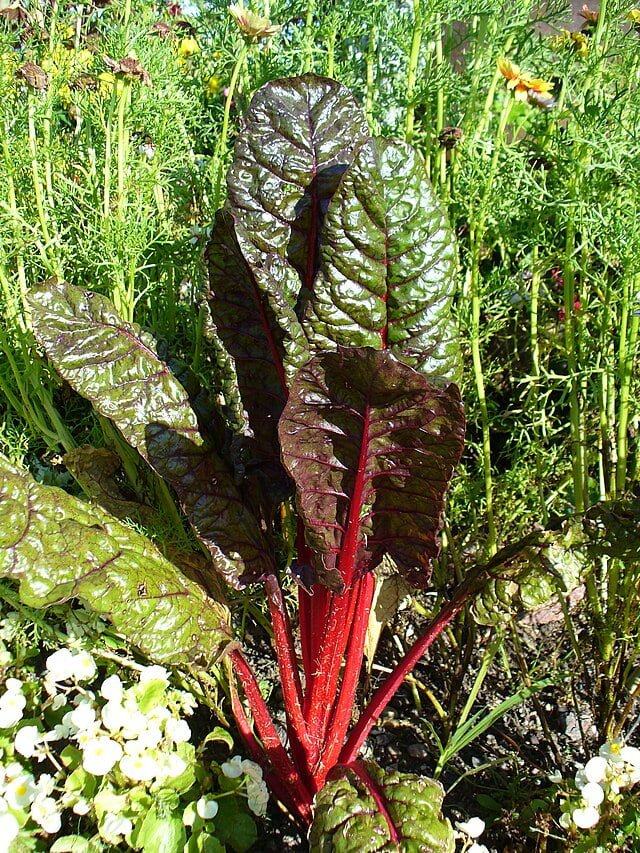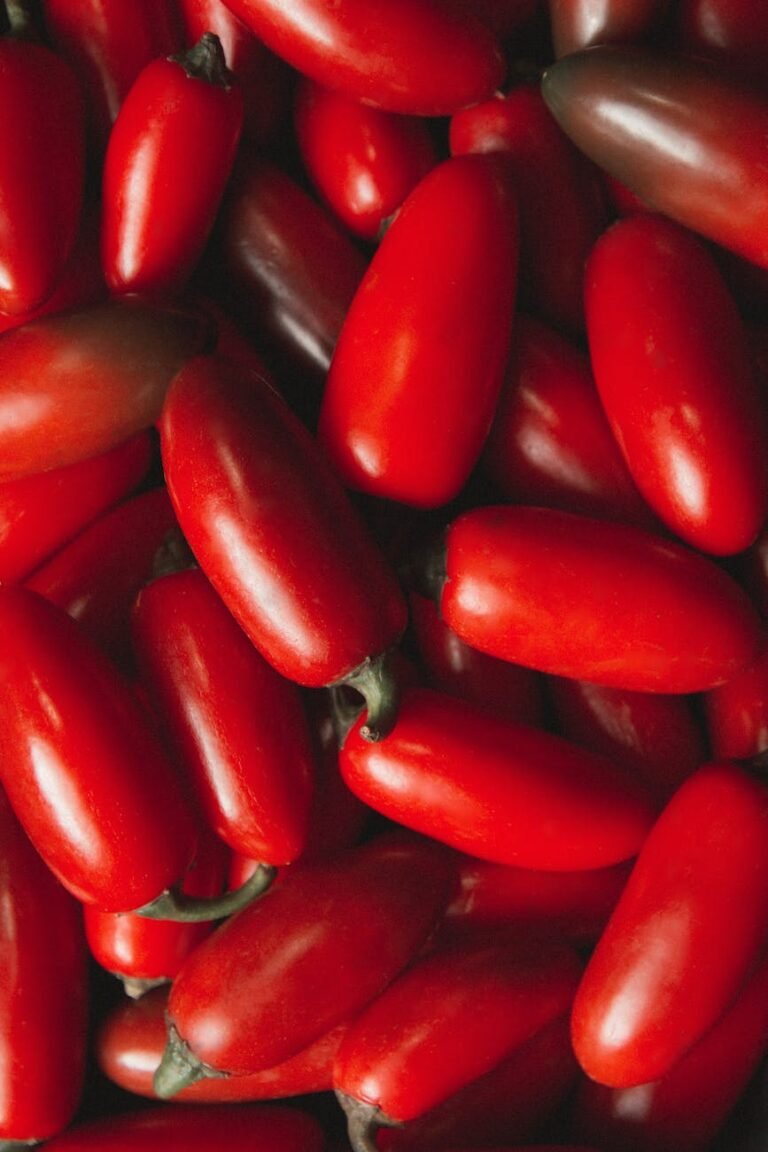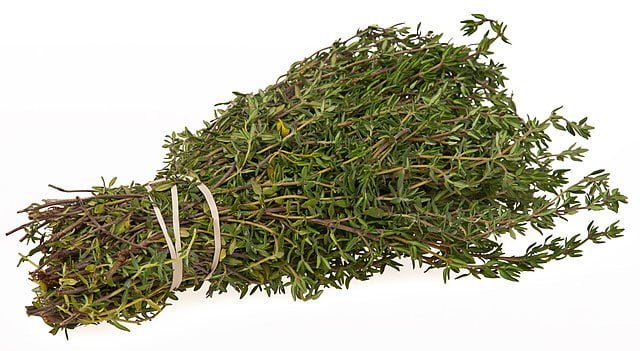Brandywine Tomatoes: Discover the Old-Fashioned Charm
Brandywine tomatoes are among the most revered varieties in the gardening world, cherished for their exceptional flavour, large fruit size, and rich history. Originating from the United States in the late 19th century, these heirloom tomatoes have captivated the hearts of gardeners and chefs alike, offering a taste experience that modern hybrids struggle to match. This article delves into the world of Brandywine tomatoes, exploring their characteristics, cultivation tips, and culinary uses.
Quick Care Guide
| Details | Description |
|---|---|
| Type | Indeterminate, Heirloom |
| Light | Full Sun |
| Soil Type | Well-drained |
| Soil pH | 6.0 to 6.8 |
| Seed Start | Indoors, 6-8 weeks before last frost |
| Transplant | After all danger of frost and soil has warmed |
| Spacing | 2 feet apart in a row, 3-4 feet between rows |
| Height | Up to 9 feet |
| Maturity | 80-90 days |
| Pruning | Regular, especially lower part |
| Disease Issues | Somewhat susceptible to late blight |
| Taste | Sweet yet tangy |
Origins and Characteristics
The Brandywine tomato, with its roots in the late 1800s, is believed to have been passed down by Amish communities in Pennsylvania, although its exact origins remain a bit of a mystery. What sets Brandywine apart are its large, beefsteak-style fruits, which can weigh up to 2 pounds each. The tomatoes are most commonly a deep, rosy pink, although variations such as Red, Yellow, and Black Brandywine exist, each bringing its unique hue and flavour nuances to the table.
These tomatoes are known for their distinctive, slightly acidic, and sweet flavour, making them highly sought after for fresh eating. The plants themselves are indeterminate, meaning they grow, flower, and produce fruit continuously throughout the growing season until killed by frost.
How to Grow Brandywine Tomatoes
Planting
Brandywine tomatoes require a long growing season, with plants needing to be started indoors 6-8 weeks before the last expected frost. They prefer rich, well-draining soil and a sunny location.
Care
These tomatoes benefit from consistent watering, especially as fruits begin to set and mature. A layer of mulch can help retain soil moisture and control weeds. Because of their size and weight, Brandywine tomatoes almost always require staking or caging to support their heavy branches.
Challenges
Being heirloom varieties, Brandywine tomatoes can be more susceptible to diseases like blight and may require more attentive care than some hybrid varieties. Regular monitoring for signs of disease and pests is crucial for a healthy harvest.
Tips for Pruning and Care
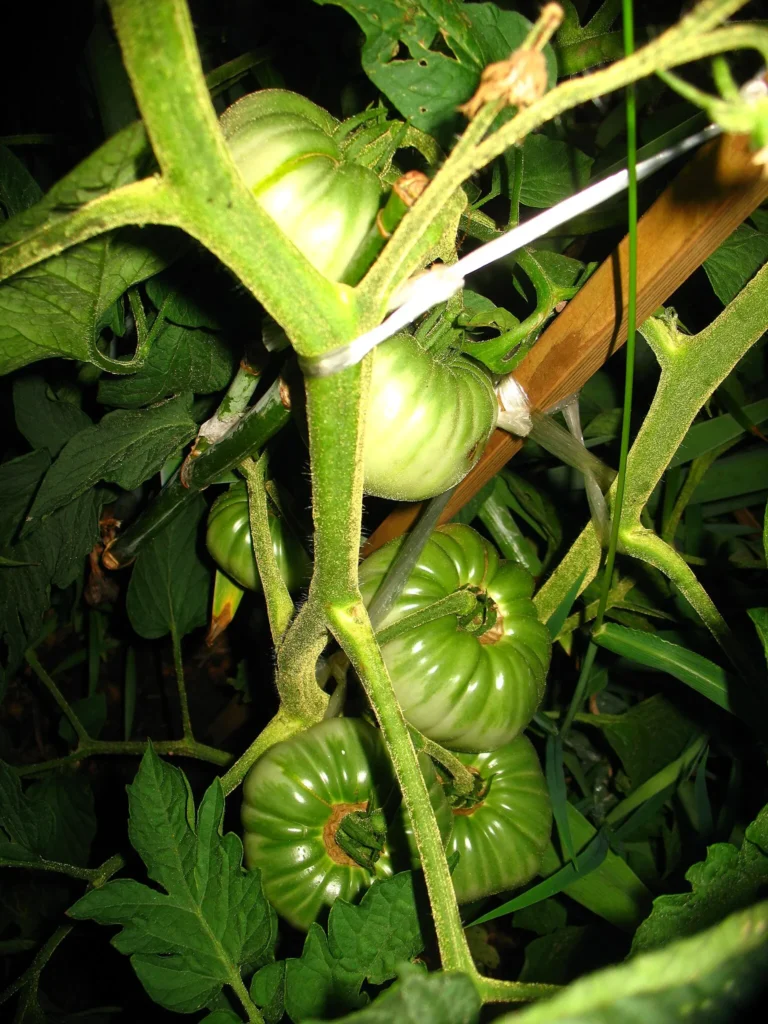
Regular pruning can help increase airflow, reduce disease, and concentrate the plant’s energy into fruit production. Remove the suckers, the small shoots that appear in the crotch between the stem and a branch, especially on the plant’s lower part.
Brandywine tomatoes are somewhat susceptible to diseases like late blight, so it’s essential to monitor the plants closely and act swiftly if you spot any signs of illness. Implementing a regular watering and fertilizing schedule can also help keep your plants healthy and productive.
Culinary Uses
Brandywine tomatoes shine brightest when used fresh, where their complex flavours can be fully appreciated. They’re perfect for slicing onto sandwiches, incorporating into salads, or simply enjoying with a sprinkle of salt. Their meaty texture also makes them an excellent choice for sauces and salsas, although many purists argue that cooking them down is almost a disservice to their exquisite taste.
Preservation
For those looking to preserve the bounty of their Brandywine harvest, canning, drying, and freezing are all viable options. However, given their high moisture content, Brandywine tomatoes may not dry as well as other varieties. Freezing or canning them for sauces or soups can be an excellent way to capture their flavour for off-season use.
Final Thoughts
Brandywine tomatoes represent a connection to the past, a time when flavour was the paramount criterion for growing and selecting produce. For gardeners willing to take on the challenge of nurturing these heirlooms, the reward is a tomato that truly stands out in the culinary landscape. Whether you’re a seasoned gardener or a newcomer to the world of heirloom vegetables, growing Brandywine tomatoes offers an enriching experience that culminates in some of the most flavourful and satisfying tomatoes you can harvest from your garden.
Additional Resources
- Seed Savers Exchange (www.seedsavers.org): A non-profit organization dedicated to saving and sharing heirloom seeds. Seed Savers Exchange offers a variety of Brandywine tomato seeds, including the classic pink Brandywine, and provides growing tips and community support for gardeners.
- TomatoFest (www.tomatofest.com): An online resource that specializes in heirloom tomato seeds, including several strains of Brandywine tomatoes. TomatoFest also offers growing guides and articles on the history and care of heirloom tomatoes, making it a valuable resource for both novice and experienced gardeners.
- The Tomato Growers Supply Company (www.tomatogrowers.com): Offers a wide selection of tomato seeds, including Brandywine varieties. Their catalog provides descriptions of each variety’s characteristics, helping gardeners choose the best Brandywine for their garden conditions and culinary preferences.
- Local Cooperative Extension Offices: Your local cooperative extension office can be a fantastic resource for personalized gardening advice, including tips on growing Brandywine tomatoes in your specific climate and soil conditions. Extension services often offer workshops, planting guides, and pest management tips tailored to your local area.

